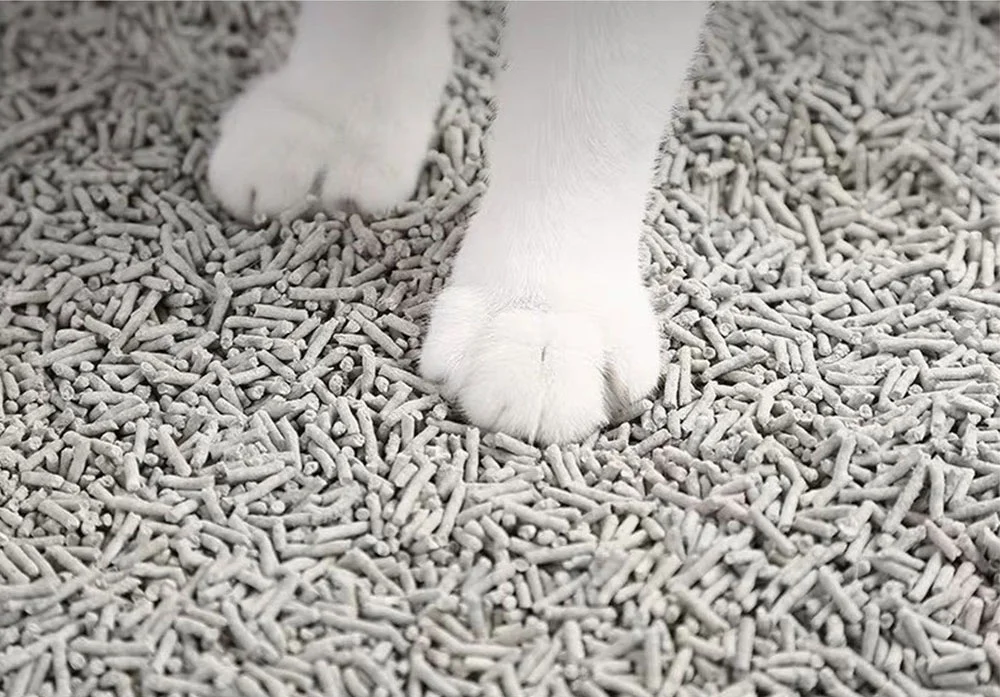
Introduction
When it comes to our feline friends, comfort and hygiene are paramount. One of the most critical aspects of a cat’s daily life is their litter box, and choosing the right cat litter is crucial for both your cat’s well-being and your peace of mind. In this comprehensive guide, we’ll delve into everything you need to know about cat litter – from the various types available to factors to consider when making your selection.
Types of Cat Litter
Cat litter comes in various types, each with its pros and cons. Understanding these options can help you make an informed decision:
1. Clumping Clay Litter
Clumping clay litter is a popular choice due to its excellent clumping ability. When your cat urinates, it forms easy-to-scoop clumps, making maintenance a breeze.
2. Non-Clumping Clay Litter
Non-clumping clay litter is absorbent but doesn’t form clumps. It requires frequent changing to maintain freshness.
3. Silica Gel Crystals
Silica gel crystal litter offers exceptional absorption and odor control. It’s low-dust and often preferred by cat owners with allergies.
4. Natural/Biodegradable Litter
Made from materials like corn, wheat, or paper, natural litters are eco-friendly and safe for cats with sensitivities.
5. Pine Pellet Litter
Pine pellet litter is biodegradable and has a pleasant natural scent. It’s an excellent choice for eco-conscious cat owners.
Factors to Consider
Now that you know the types, let’s explore the factors to consider when selecting cat litter:
1. Cat’s Preference
Some cats have specific preferences for the texture and scent of litter. Experiment with a few types to see what your cat prefers.
2. Odor Control
Effective odor control is crucial. Look for litters with activated charcoal or natural odor-neutralizing properties.
3. Dust Levels
High-dust litters can be harmful to both you and your cat’s respiratory health. Opt for low-dust options if possible.
4. Allergies
If you or your cat have allergies, choose hypoallergenic litters that are gentle on the skin and respiratory system.
Maintaining the Litter Box
Proper maintenance is vital for a clean and odor-free litter box. Here’s a step-by-step guide:
1. Scoop Daily
Remove clumps and waste daily to keep the litter box fresh.
2. Regularly Change Litter
Depending on the type of litter, change it every 1-4 weeks to prevent odors and maintain cleanliness.
3. Wash the Box
Periodically clean the litter box with mild soap and water to prevent bacteria buildup.
Conclusion
Selecting the right cat litter is essential for your cat’s comfort and your peace of mind. Consider your cat’s preferences, your household’s needs, and environmental concerns when making your choice. With the right cat litter, you’ll create a happy and healthy environment for your feline companion.
FAQs
1. Can I mix different types of cat litter?
It’s best to avoid mixing different litters, as it can confuse your cat and affect its litter box habits.
2. How often should I completely replace the cat litter?
This depends on the type of litter you use. Generally, it’s advisable to replace it every 1-4 weeks for optimal freshness.
3. Are scented litters safe for cats?
While some cats tolerate scented litters, others may have sensitivities. It’s best to start with unscented options and observe your cat’s reaction.
4. Can I flush cat litter down the toilet?
It’s not recommended to flush cat litter, as it can clog plumbing and harm the environment. Dispose of it in the trash.
5. What’s the best way to store cat litter?
Store cat litter in a cool, dry place to prevent moisture absorption and maintain its effectiveness.
